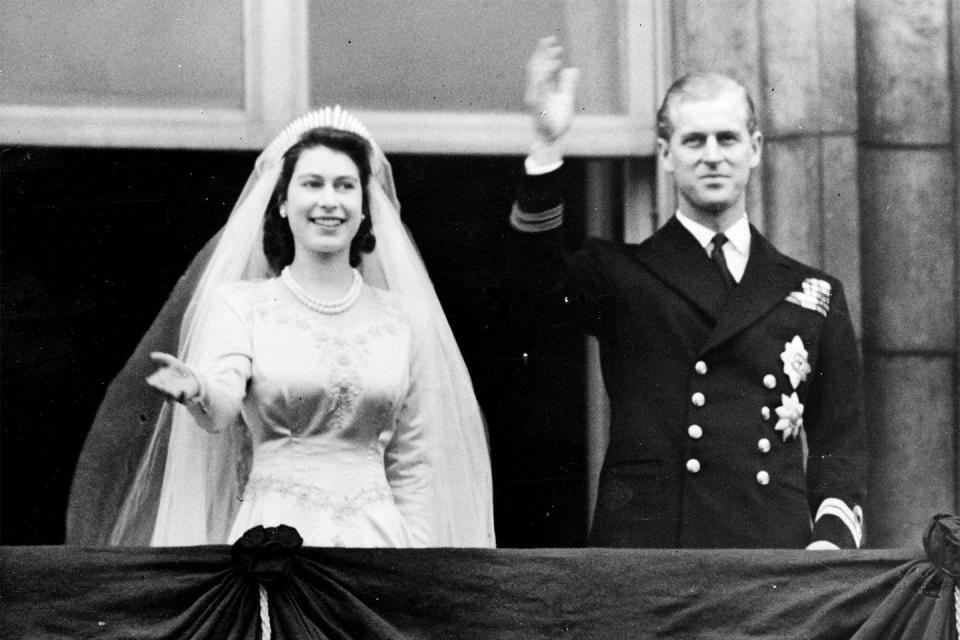The Most Surprisingly Relatable Mishaps of Queen Elizabeth’s Wedding Morning
Each Tuesday in April, Vanity Fair will flash back to a different British royal wedding in the lead-up to Prince Harry and Meghan Markle’s May 19 nuptials.
Some brides might interpret a wedding-day disaster to be a bad omen for their marriage. But when Queen Elizabeth’s “something borrowed”—her grandmother’s diamond-spiked tiara—snapped hours before she walked down the aisle in November 1947, the future monarch played it cool. The act of calmness was all the more impressive considering the 21-year-old was to be married in front of 2,000 guests—ten of whom were kings and queens—in a ceremony broadcast by BBC radio to 200 million people across six continents. Because she was the first British royal to transmit her wedding to the world, the then-princess would have been forgiven for having frayed nerves.
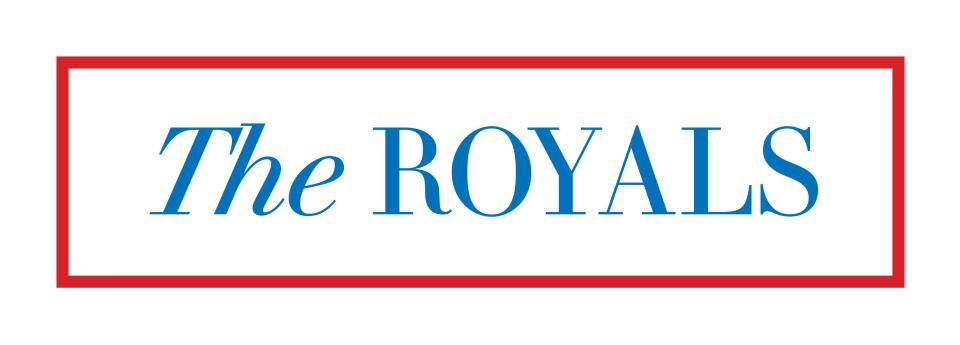
2xs-Royals-Slug.png
Elizabeth’s tiara had symbolic and personal significance: because tradition dictates that only married women wear the delicate crowns, the wedding would mark the first occasion for which the 21-year-old wore a tiara. And this particular tiara—now broken—had belonged to Elizabeth’s grandmother Queen Mary, and was constructed from diamonds that Queen Victoria gave Mary in 1893 as a wedding gift.
Though Elizabeth’s mother suggested the bride simply swap out tiaras, the princess would not have it. With just two hours until the wedding was to begin, a court jeweler—on standby—rushed the tiara to his workshop so that it could be speedily welded. Although the emergency tiara surgery was mostly successful, evidence of the repair is noticeable in wedding-day photos, which show a larger gap between the centerpiece and diamond spike to its right.
With tiara in place, all was not yet smooth sailing for the bride: she also realized that morning that she had left an antique two-strand pearl necklace—given to her by her parents as a wedding gift—at St. James Place, where over 2,500 wedding gifts sent to her and her groom Prince Philip, from around the world, were displayed. (Relatable!) Elizabeth’s private secretary was dispatched to retrieve the necklace—commandeering the King of Norway’s car in the process. But because traffic was so bad due to the pooling crowds, the secretary was forced to leap out of the car and make the journey by foot. A third disaster was narrowly diverted that morning—the bridal party thought that Elizabeth’s white-orchid bouquet (with a sprig of myrtle in a nod to Queen Victoria) had gone missing, only to discover that a thoughtful footman had placed it in an icebox to preserve the flowers.
Elizabeth had settled on a decadent, cream-colored duchess satin gown from court designer Sir Hartnell that, like all royal clothing, was steeped in symbolism—the 25 needlewomen and 10 embroiderers working on it (who had all signed confidentiality agreements) had embedded national and Commonwealth floral emblems in gold and silver thread, seed pearls, sequins, and crystals. During the two months it took to create the gown, Hartnell added his own secret flourish—a four-leaf shamrock on the skirt, so that Elizabeth could rest her hand on the shamrock for luck. Because of post-World War II austerity measures, Elizabeth paid for her gown with ration coupons—200 of which she got as a supplement from the government. Philip, who a day earlier had been given the title of “His Royal Highness” by his future father-in-law, simply wore his naval uniform.
Unlike Queen Victoria, Elizabeth appeared to be a bit more comfortable with the pomp and circumstance of a royal wedding—and was transported to Westminster Abbey in the Irish State Coach alongside her father King George VI, waving to adoring crowds, as wedding guests scurried into place inside Westminster Abbey and awaited the bride. Reporters described how Winston Churchill and his wife, late in arriving, caused a rippling false alarm through the nave when the doors swung open only to reveal the former prime minister. (During the ceremony, Churchill caused another stir when he stood mid-ceremony to put on his coat.)
Anticipation was so high that when roars erupted outside Westminster Abbey, signaling Elizabeth’s arrival, the guests went silent. The bride’s breathtaking arrival was described by a reporter on the scene:
“It was an entrance of drama and beauty that no Hollywood fantasia could equal as King George, in naval uniform, and Princess Elizabeth, in her lovely white and gold wedding gown, stood framed in the doorway,” wrote The New York Times.
“A fanfare of trumpets split the silence, Westminster’s choir sang ‘Praise, My Soul, the King of Heaven,’ and behind a parade of Abbey officials Elizabeth came up the aisle on her father’s arm,” wrote Time. “Her face looked drawn and pale.
‘My, she looks nervous,’ gasped a lady in the nave.”
Revisiting Elizabeth and Philip’s Royal Wedding
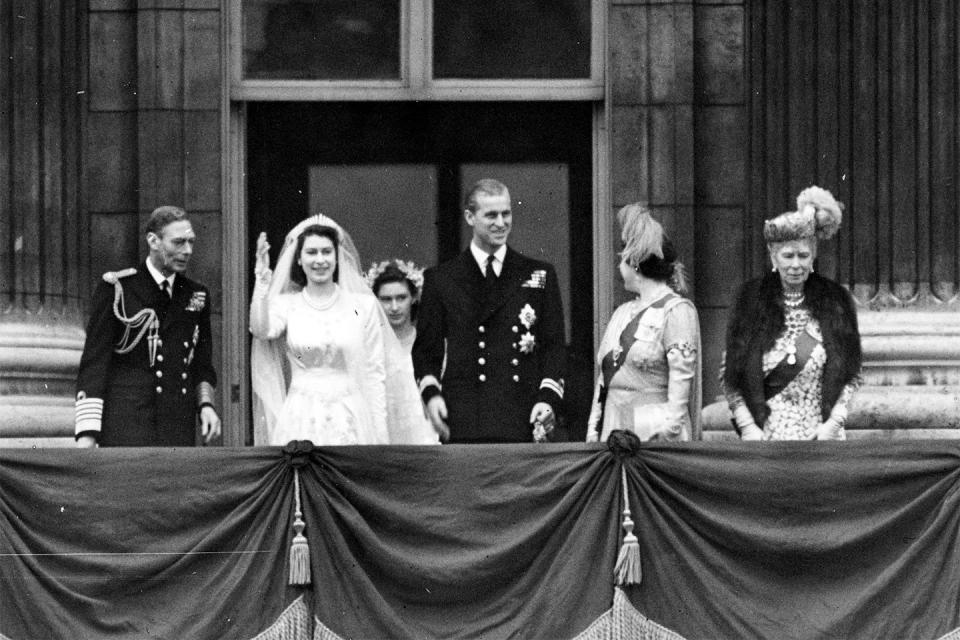
95e40/ody/1954/23
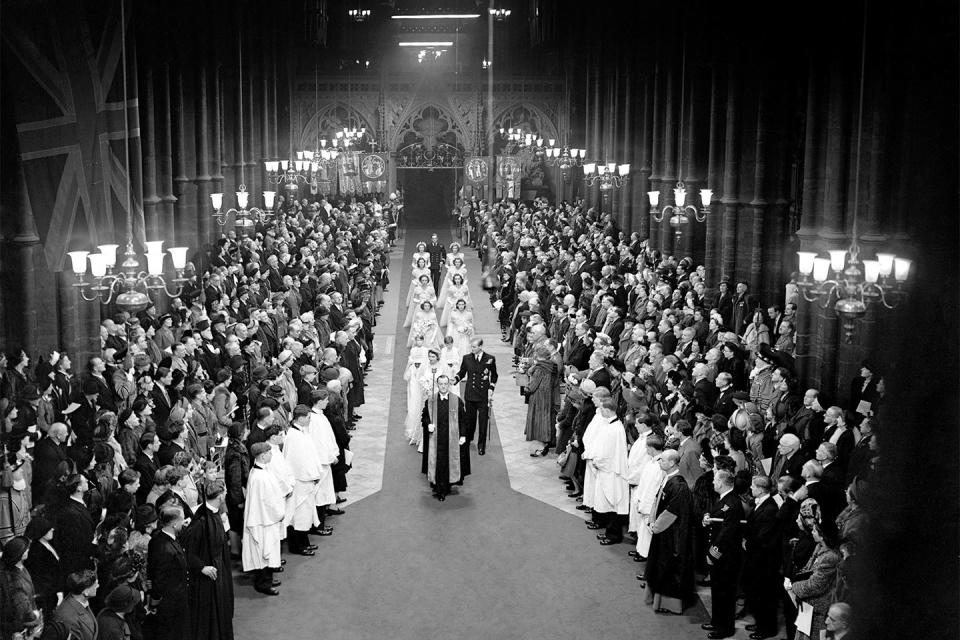
4473591
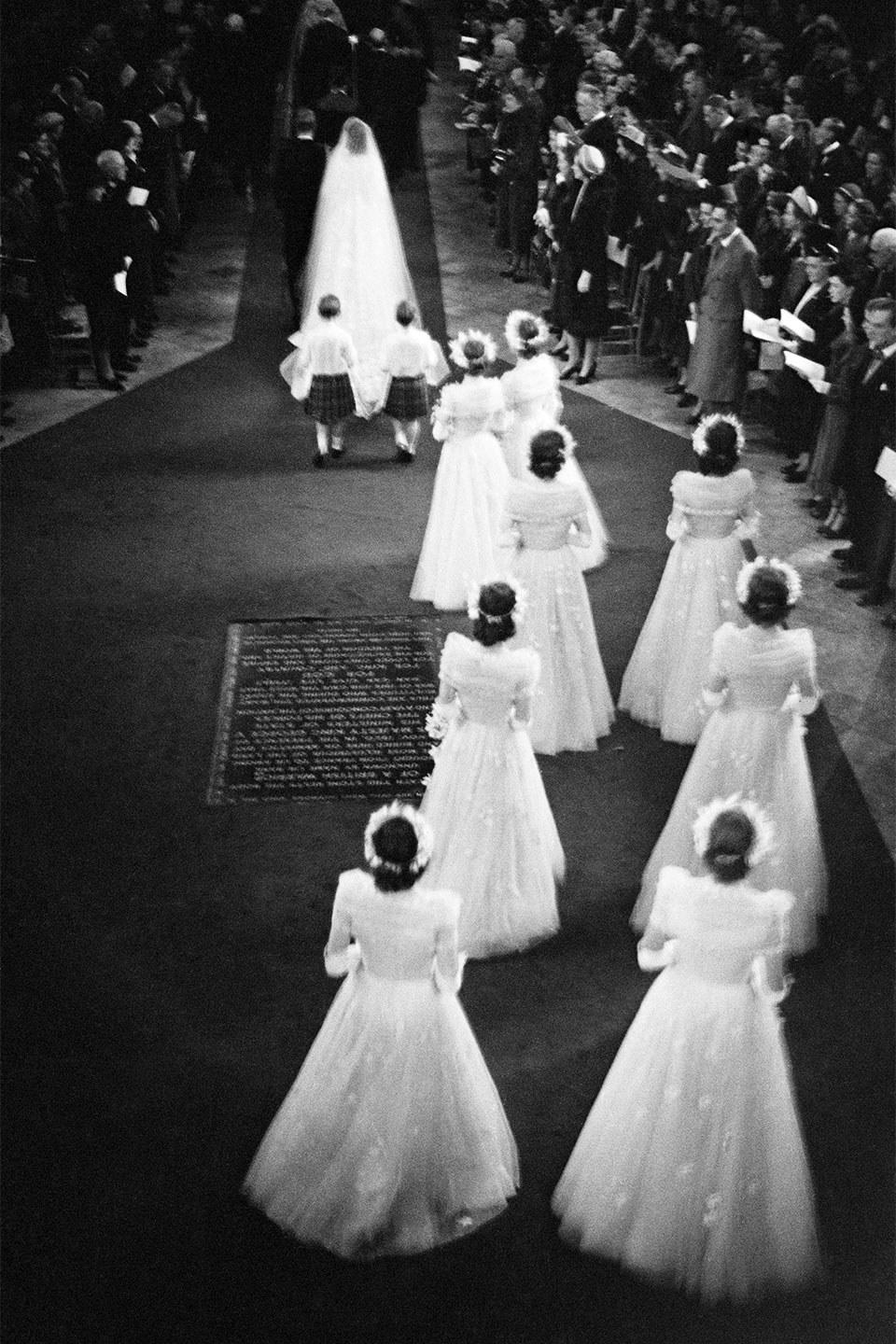
Huty1747005
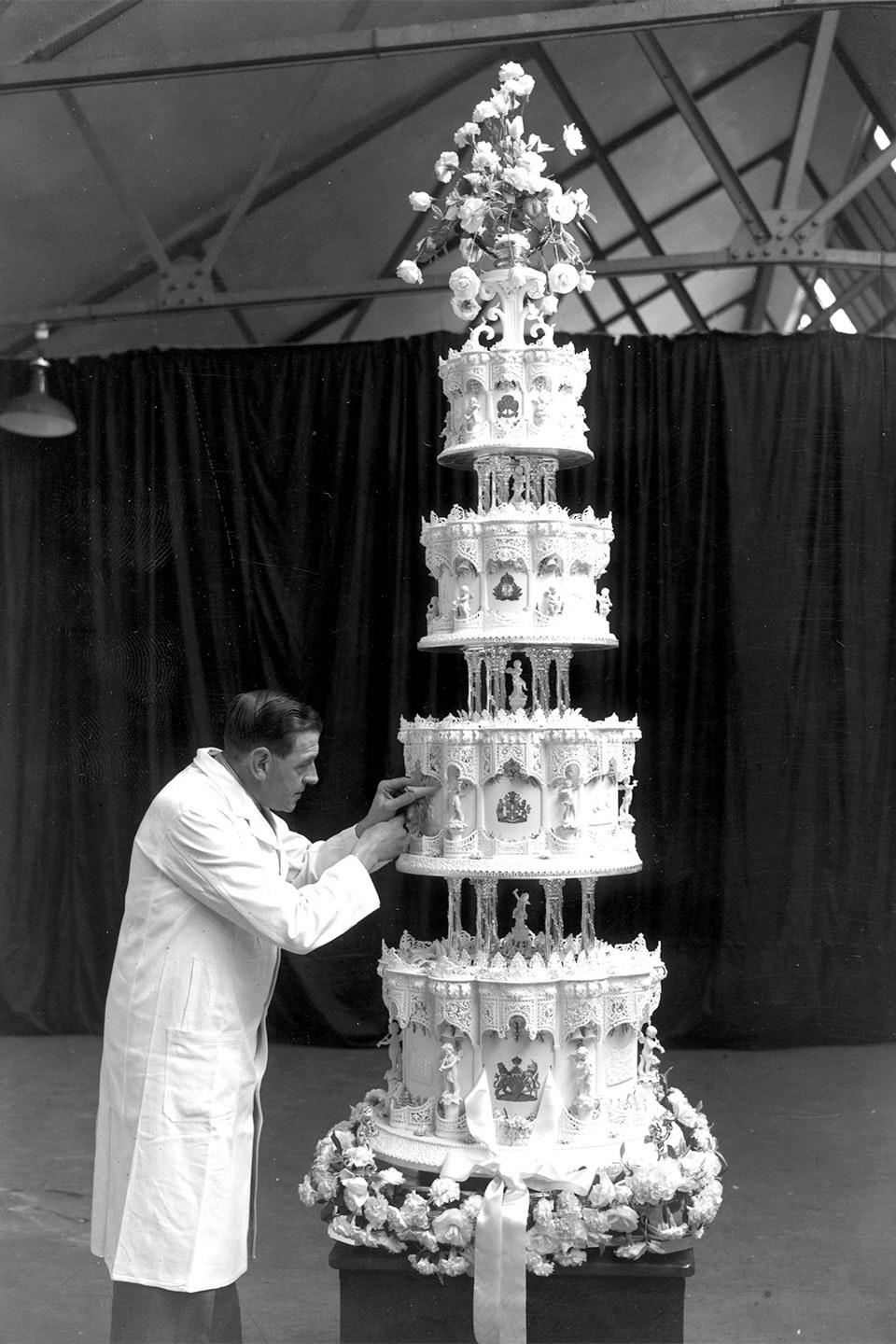
97n/21/huty/7065/51
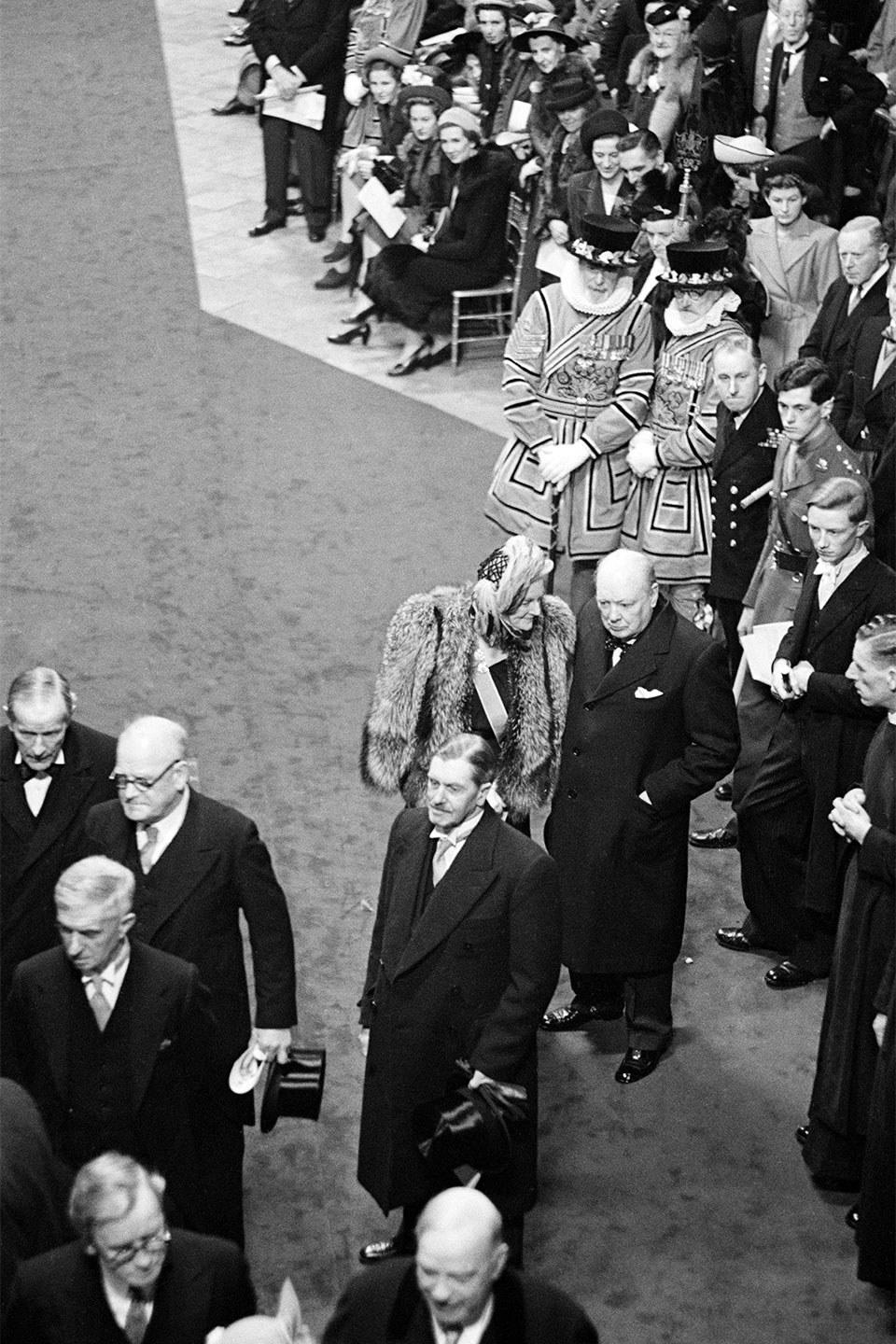
Huty1747010
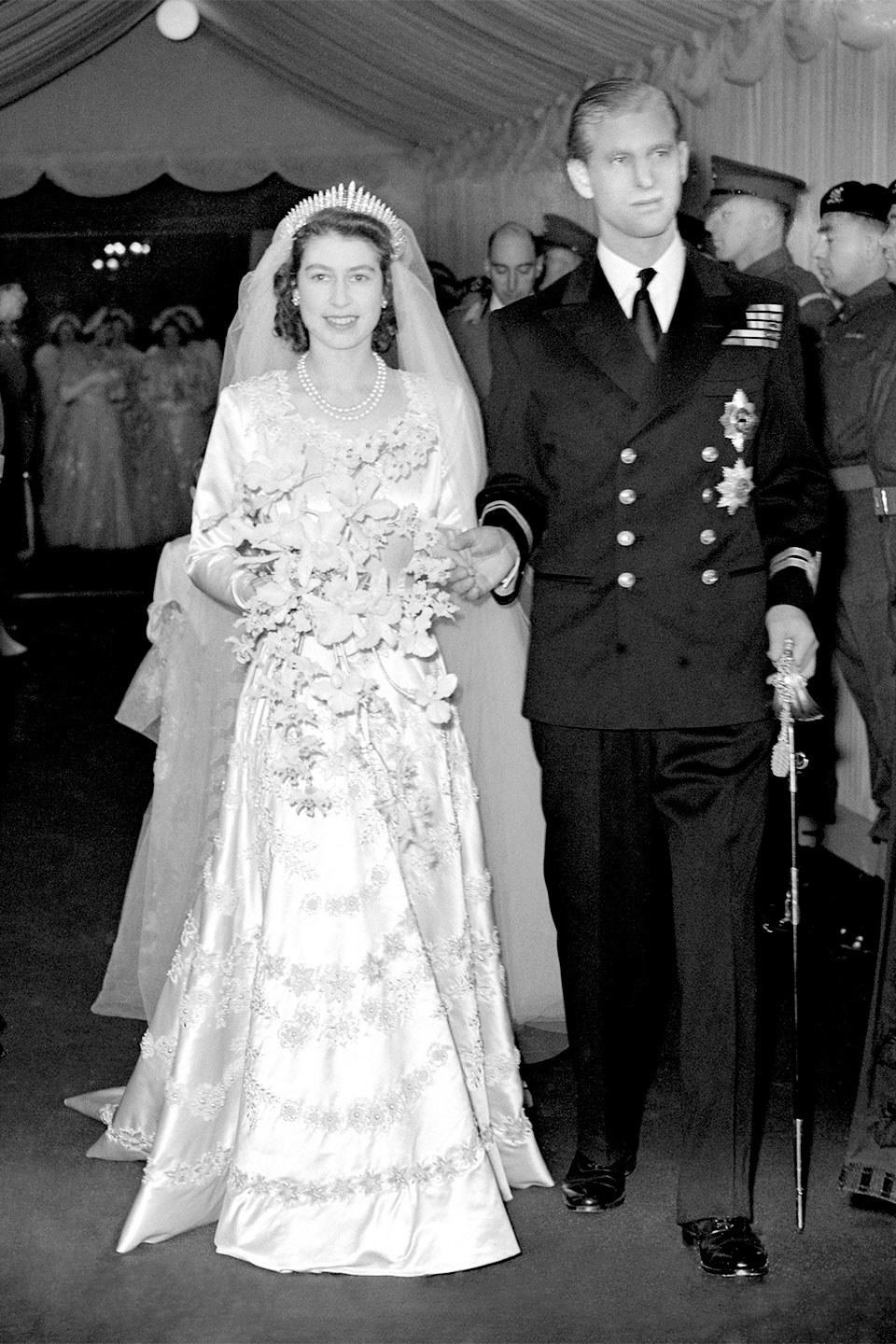
1446798
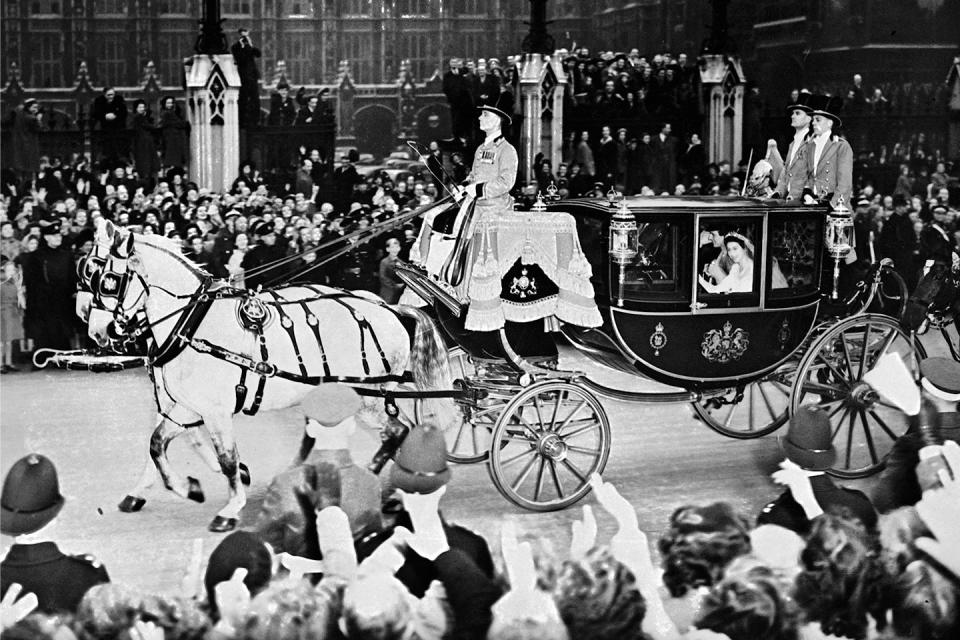
ARP3045736
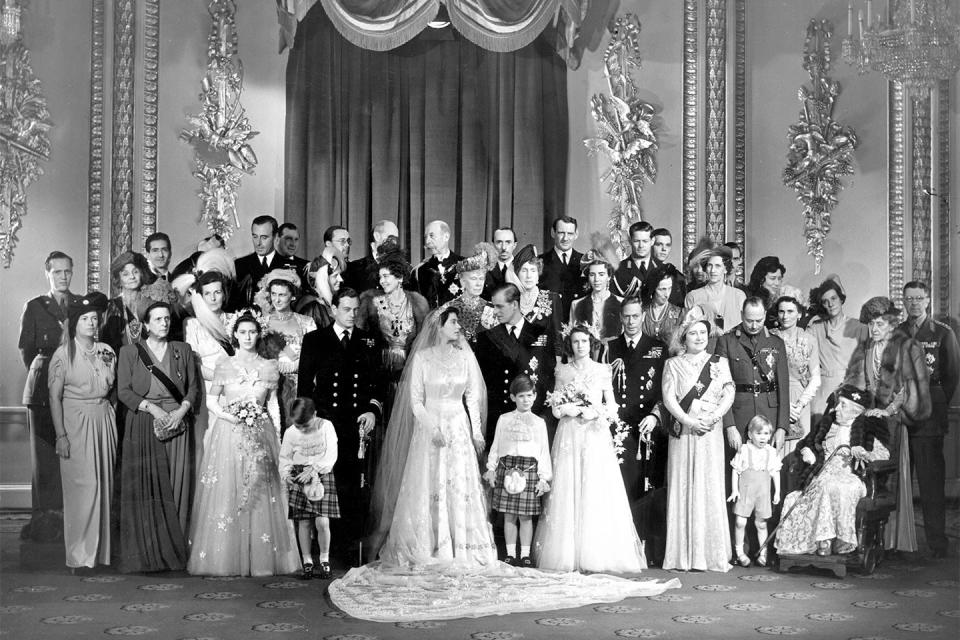
00813372.jpg
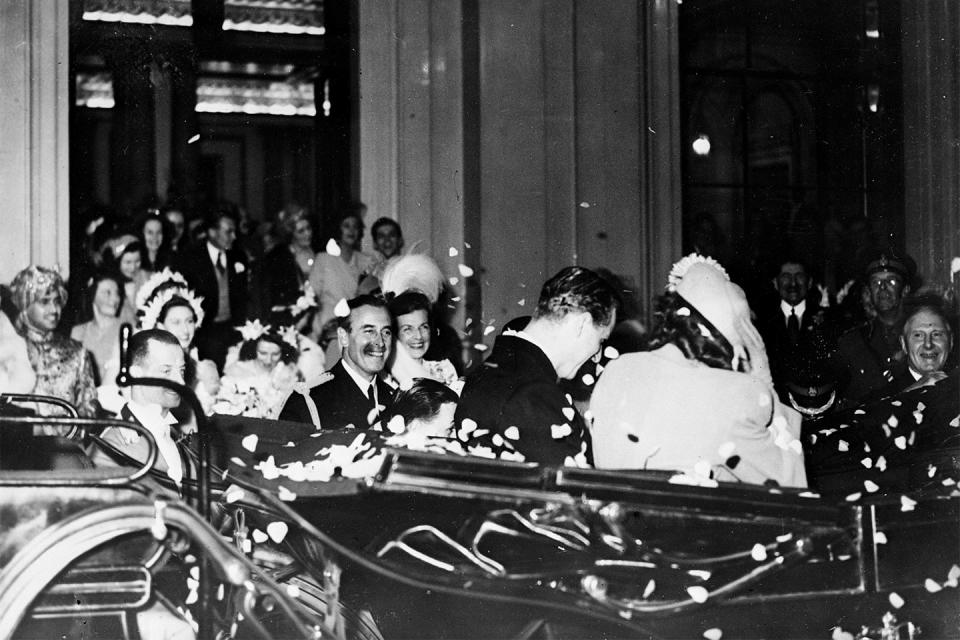
97p/23/huty/6951/10
About a hundred years earlier, when Queen Victoria married Prince Albert, the couple did not have photography to capture the milestone—and the world had to wait days before seeing rendered portraits of the bride and groom. But when it came to Queen Elizabeth’s wedding, because of radio technology, her vows were better heard by those clear across the globe than those seated at the back of the Abbey—including the somewhat controversial promise she made “to love, to cherish, and to obey” her husband, even though it was she who was in line for the throne.
King George is said to have told the Archbishop who married Elizabeth and Philip, “It is a far more moving thing to give your daughter away than to be married yourself.”
Though it was an occasion of massive international and historical significance—larger than either the bride or groom—reporters noted a few touchingly human moments in the ceremony: Prince Philip and his best man, the Marquess of Milford Haven, were so slow in leaving for the Abbey that the groom was overheard saying, “Bad show, we’re a bit late.” King George, noticing that his daughter’s train had caught on the steps of the Abbey, corrected the dress himself. Elizabeth’s mother, the nearly always smiling Queen Mum, “dart[ed] anxious glances at her daughter” throughout the vows. When she noticed Philip looking “uncertain and alarmed, she flashed him a warm, reassuring smile.” Princess Margaret, meanwhile, in a fittingly melancholy note given her own love life, looked “lovely and still in ivory loneness at the center of the sacrarium.” Underneath a portrait of the bridal party published that month, Time amusingly noted that “present at the breakfast, but not shown in the picture was the 13-year-old Duke of Kent, who, for adolescent reasons of his own, refused to heed his uncle’s request to join the group.”
Other interesting facts about the wedding, below:
Wedding Breakfast
A wedding breakfast—served at lunchtime following the ceremony—was served at Buckingham Palace, featuring Filet de Sole Mountbatten, Perdreau en Casserole, and Bombe Glacée Princess Elizabeth. The “austerity” menu, according to Elizabeth biographer Sally Bedell Smith, “was served on plates of silver gilt by footmen in scarlet livery.” Guests were given posies of myrtle and white Balmoral heather.
The Cake
The main nine-foot-high cake had four tiers; was made from ingredients from all over the world; and was decorated with the arms of both families. It was cut using the Duke’s Mountbatten sword, which was a wedding present from the King.
Absentees
While Philip’s mother attended the wedding, the groom’s three sisters—who had married German men who were thought to have Nazi ties—were not invited. Elizabeth’s uncle, the former King Edward VIII, who had abdicated the throne, was also noticeably missing.
The Gifts
Philip gave his bride a diamond bracelet he designed himself and vowed to quit smoking. The couple received about 10,000 telegrams of congratulations as well as over 2,500 presents from around the world—including a piece of cotton lace from Mahatma Gandhi that he spun himself and embroidered with the words “Jai Hind” (Victory for India); a Singer sewing machine; and a refrigerator. Queen Mary gave the couple a bookcase while Princess Margaret gifted them a picnic case. The couple also received a racehorse; a hunting lodge in Kenya; a television set; a 22-carat-gold coffee service; a 54.5-carat uncut pink diamond (from a Canadian tycoon); a mink coat; rare pieces of crystal and china; and a vase.
Honeymoon
Because of post-war austerity, the couple did not spend their honeymoon abroad, but split between two locations with meaning for both families: Broadlands, Hampshire, the home of Philip’s uncle, Earl Mountbatten, and Birkhall at the royal family’s Balmoral estate in Scotland. The newlyweds were accompanied on both legs of the honeymoon by a guest: Elizabeth’s favorite corgi, Susan.
A Sweet Postscript From the King
Rather than give a long speech at his daughter’s wedding breakfast, King George VI sent Elizabeth a letter soon after her wedding which read, in part, “I was so proud of you and thrilled at having you so close to me on your long walk in Westminster Abbey, but when I handed your hand to the Archbishop I felt that I had lost something very precious. You were so calm & composed during the Service & said your words with such conviction, that I knew everything was all right.” Elizabeth, in turn, sent her parents appreciative notes, one of which read, “I only hope that I can bring up my children in the happy atmosphere of love and fairness which Margaret and I have grown up in.”
Previous royal-wedding flashback: Queen Victoria and Prince Albert’s 1840 nuptials

 Yahoo Movies
Yahoo Movies 